Introduction to Cats in Japanese Culture
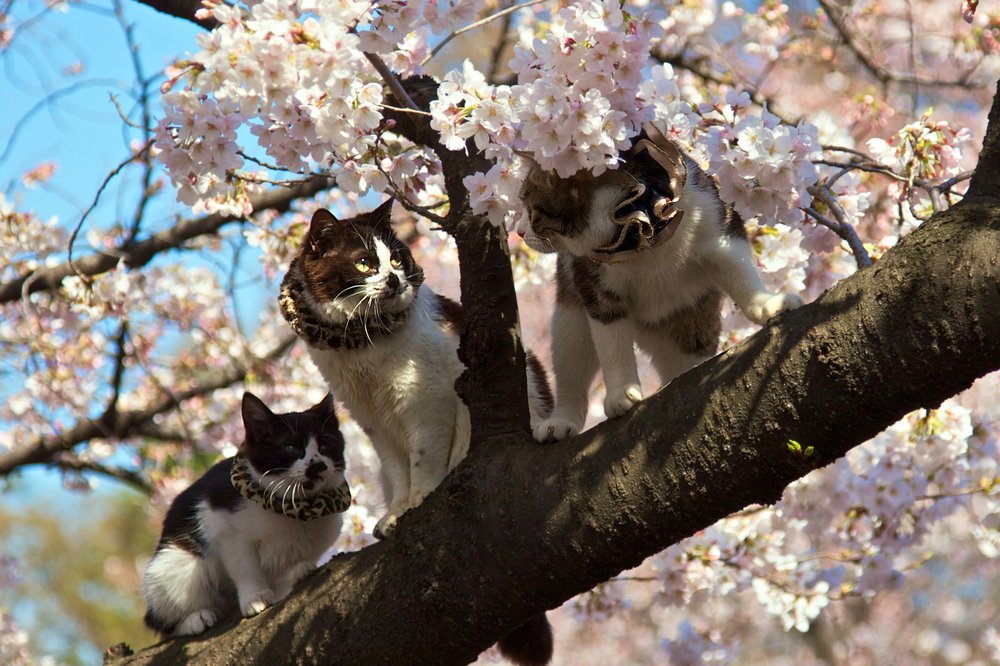
Japan, a nation known for its unique cultural myths and traditions, has a deep-seated reverence for cats, particularly as symbols of luck and good fortune. Understanding the role of cats in Japanese society requires delving into the country’s history, spirituality, and mythology. From the ubiquitous ‘maneki-neko’ to ancient folklore, cats have been a pivotal part of Japan’s cultural landscape.
The Historical Roots of Cats in Japan
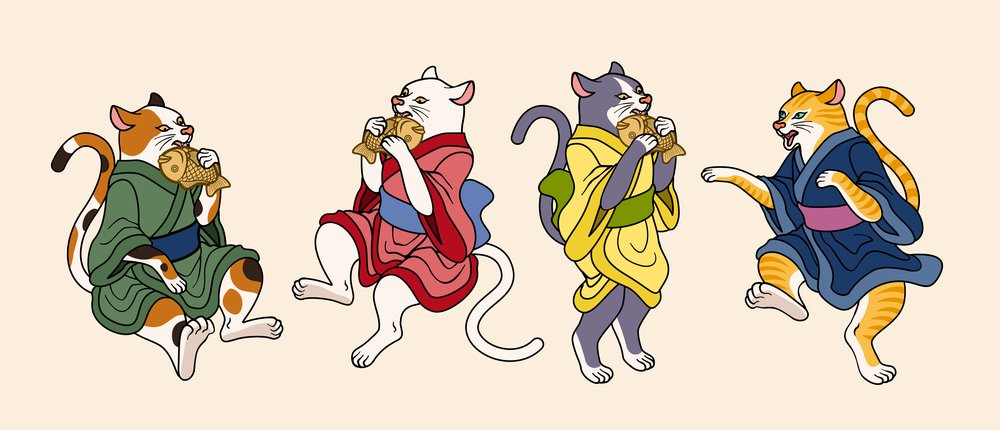
Cats first arrived in Japan around the 6th century, likely brought by Buddhist monks from China or Korea to protect sacred scrolls from rats. Their presence quickly integrated into Japanese culture, not only as pest controllers but also as spiritual beings. They began appearing in literature and arts as noble animals that were more than mere pets.
The Influence of Buddhism on the Perception of Cats
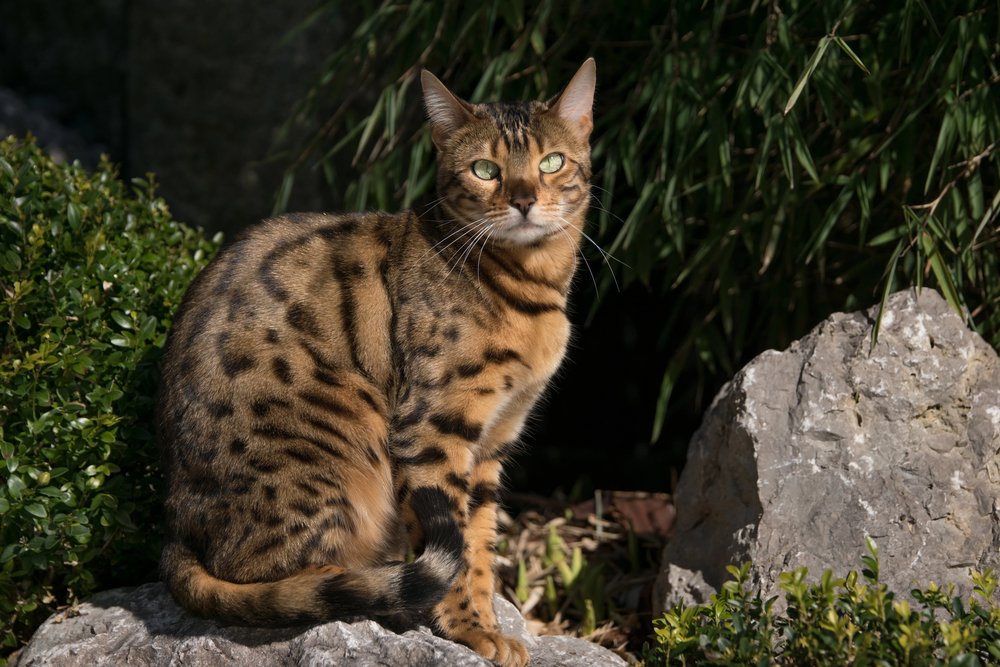
Buddhism played an essential role in shaping the perception of cats as sacred animals. The religion, which emphasizes compassion towards all living beings, viewed cats positively. Buddhists appreciated the cat’s ability to maintain peace and solitude, qualities that align with Buddhist values of meditation and introspection.
Folktales and Stories That Cemented Cats’ Status
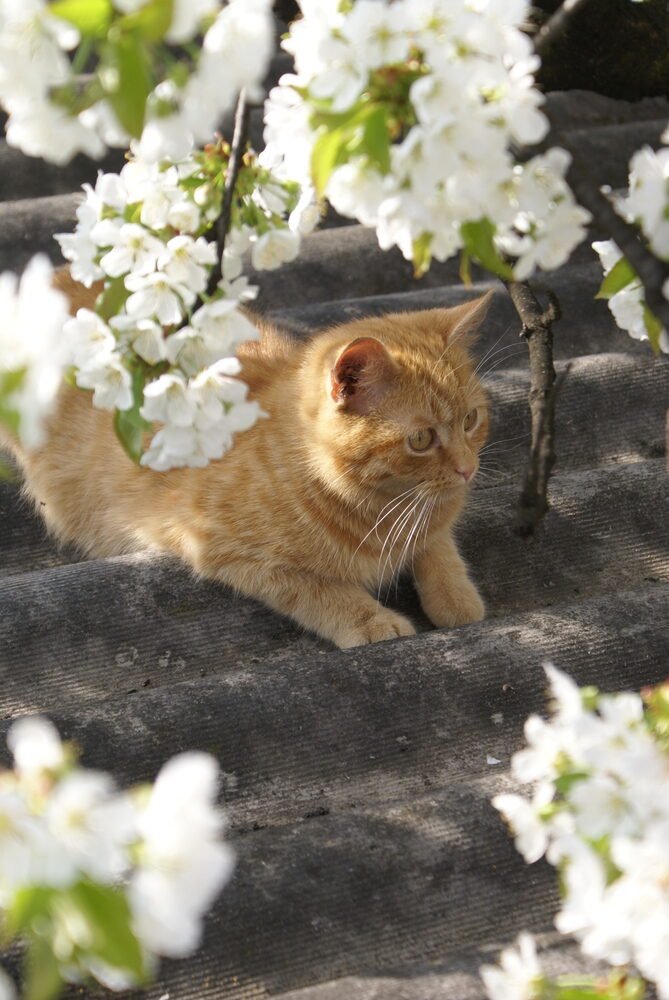
Folklore in Japan often depicts cats as mystical creatures with magical powers. One popular legend involves the ‘bakeneko’ or ‘ghost cat,’ believed to possess supernatural abilities. These stories contributed to their allure and reinforced the cat’s position as a creature that could bring luck or misfortune based on its treatment.
The Origin of the Maneki-neko
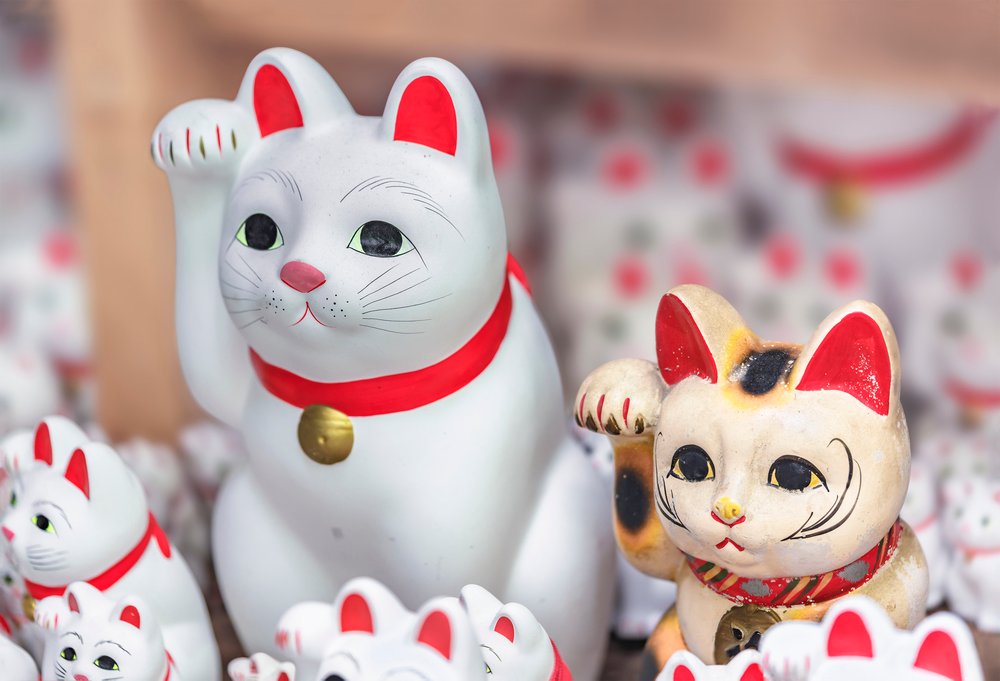
The ‘maneki-neko,’ or “beckoning cat,” is perhaps the most famous representation of luck associated with cats. Originating in the Edo period, this iconic figure is said to bring prosperity and fortune to its owner. The common depiction of a cat with a raised paw can be found in homes and businesses throughout Japan and beyond.
Symbolism of the Maneki-neko
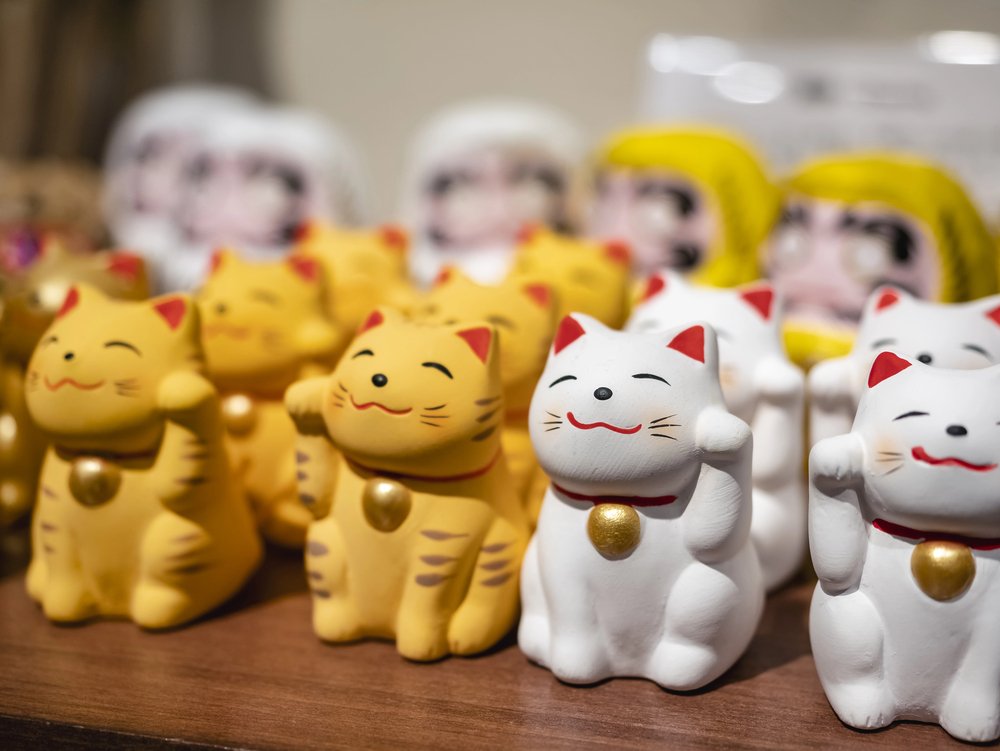
The symbolism behind the maneki-neko is rich and varied. Different colors and details alter the specific type of luck or fortune the cat is believed to attract. For instance, a white maneki-neko invites happiness, black wards off evil spirits, and gold brings wealth. The raised paw is another significant aspect, with the left paw attracting customers and the right paw inviting wealth.
Cultural Celebrations and Festivals
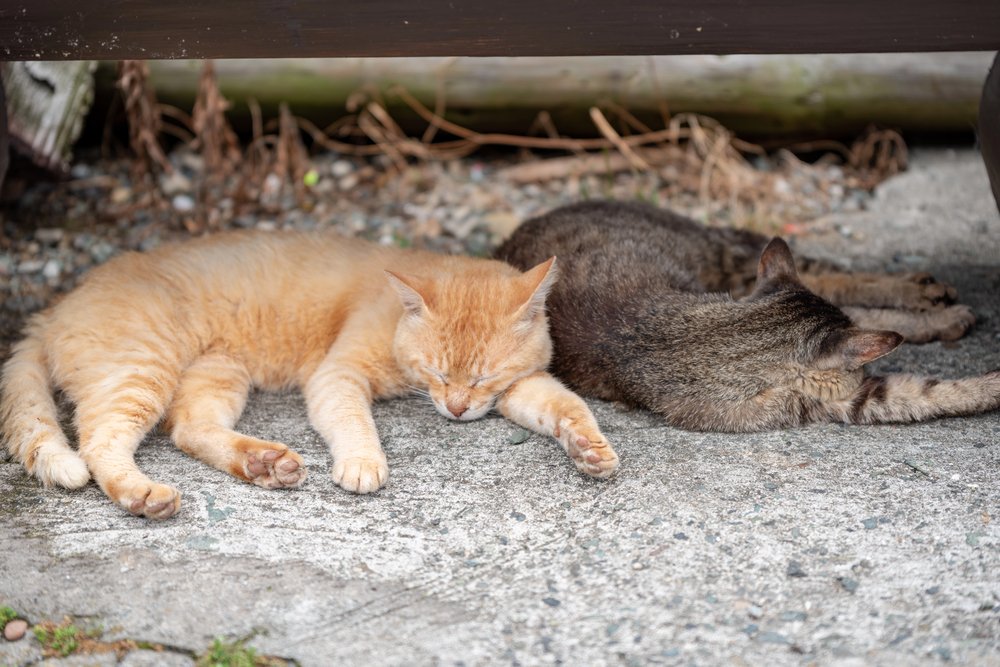
Japan hosts several festivals that celebrate cats, further cementing their status as lucky symbols. ‘Cat Day’ or ‘Neko no Hi,’ celebrated annually on February 22nd, is a testament to the cultural significance of cats. The date, chosen for its phonetic resemblance to a cat’s meow, offers both citizens and tourists a chance to celebrate these beloved animals.
Cats in Japanese Art and Literature
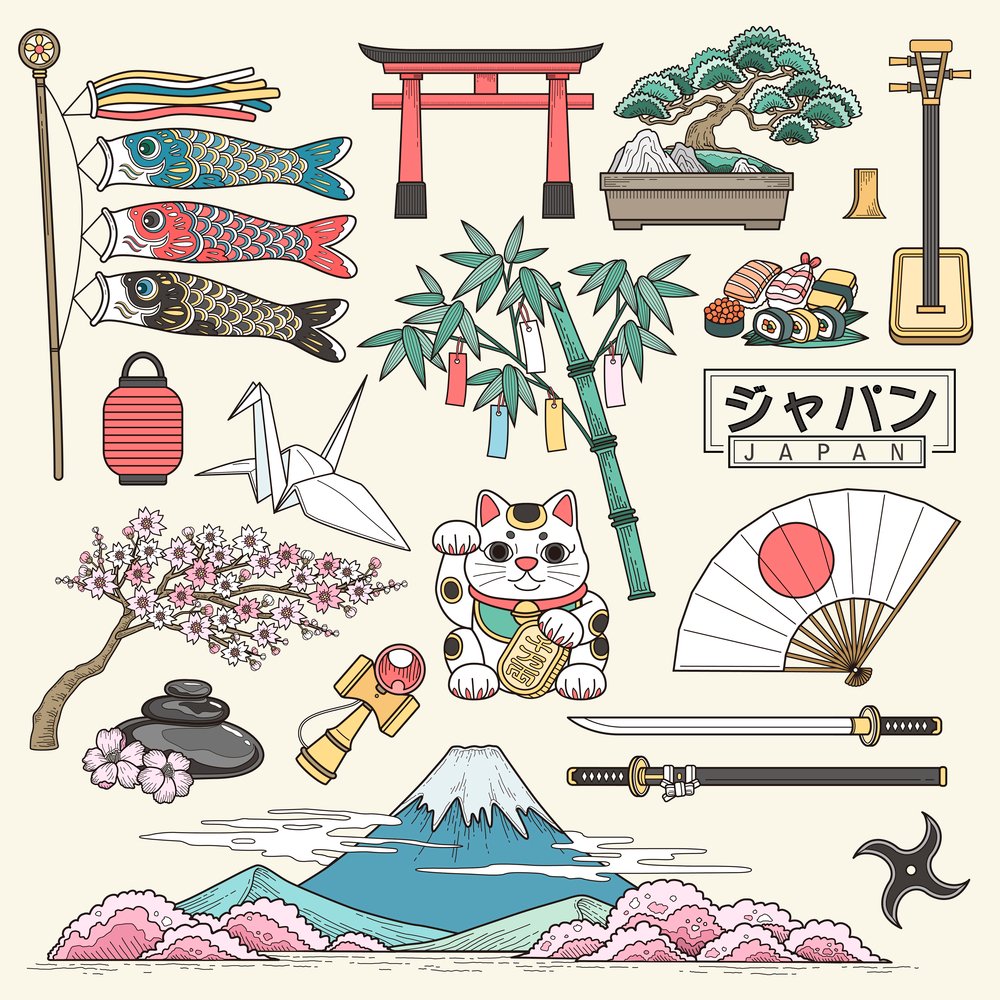
Over centuries, Japanese artists and writers have immortalized cats in their works, showing them as wise, majestic creatures. From ukiyo-e prints to haiku poetry, cats have been depicted in a variety of art forms, always portrayed with a sense of mystique and reverence. This positive portrayal in art and literature has contributed significantly to their cultural symbolism.
Modern Interpretations and Global Impact
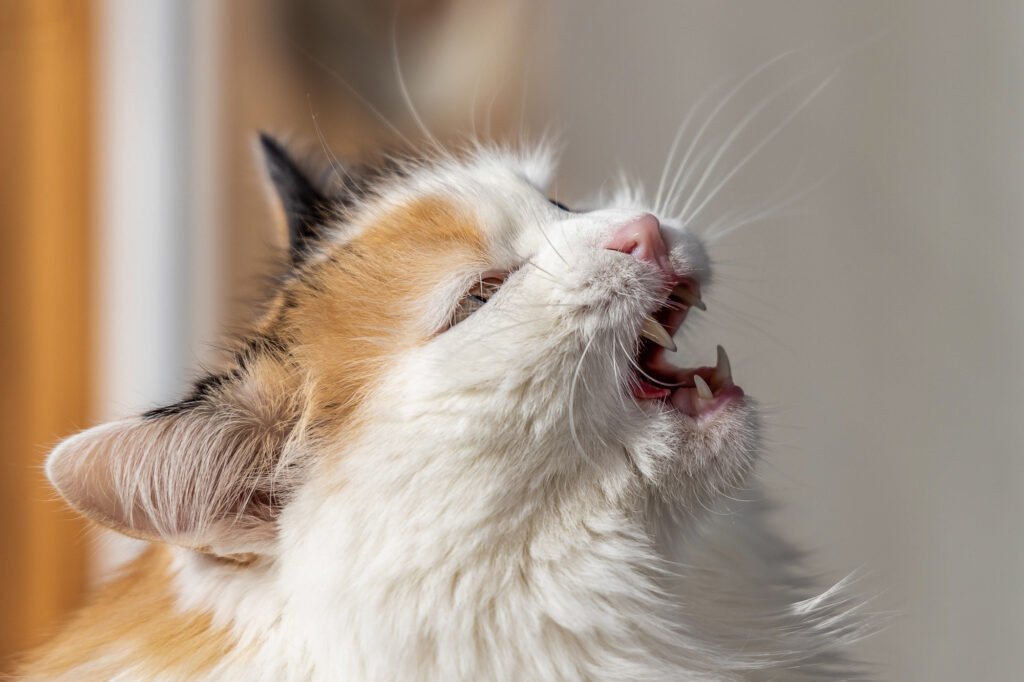
In contemporary Japan, the cat’s status as a symbol of luck has transcended cultural boundaries. The influence of Japanese media, such as anime and manga, has popularized the idea of lucky cats worldwide. Characters like Hello Kitty, although not specifically a maneki-neko, have become global icons partly due to the lucky cat mythology.
Conclusion: The Enduring Legacy of Cats in Japan
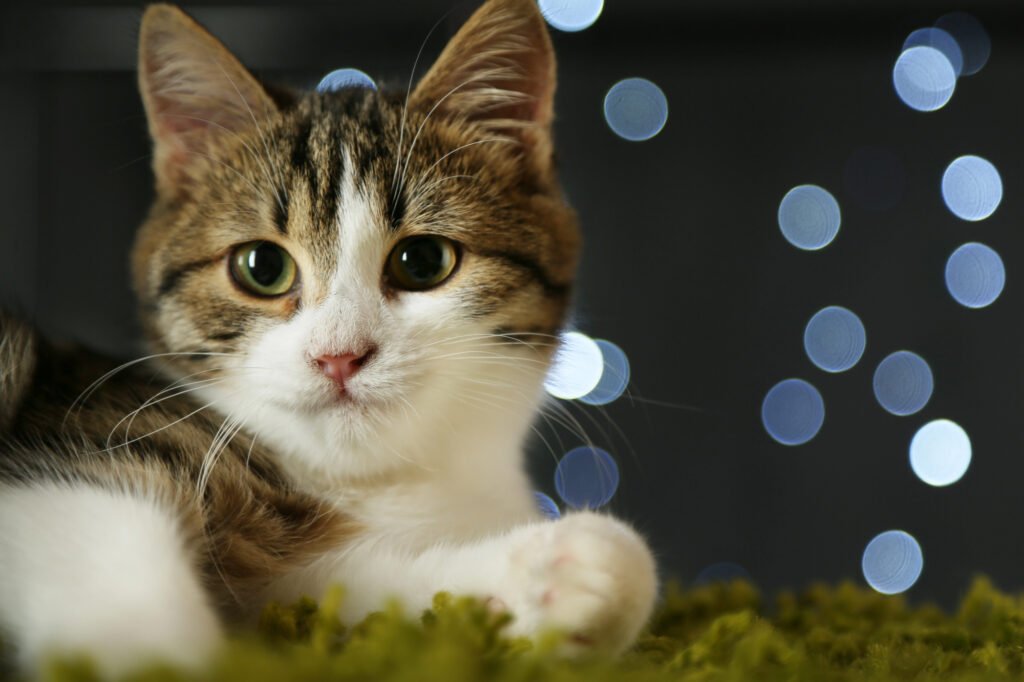
Cats have navigated through Japan’s history as both practical pest controllers and revered symbols of luck. Their journey from historic temples to modern-day storefronts showcases their enduring legacy. As a cultural icon, the lucky cat remains a testament to Japan’s ability to intertwine tradition with modernity, creating a lasting symbol that continues to fascinate and inspire individuals across the globe.

Suhail Ahmed is a passionate digital professional and nature enthusiast with over 8 years of experience in content strategy, SEO, web development, and digital operations. Alongside his freelance journey, Suhail actively contributes to nature and wildlife platforms like Feline Fam, where he channels his curiosity for the Feline into engaging, educational storytelling.
With a strong background in managing digital ecosystems — from ecommerce stores and WordPress websites to social media and automation — Suhail merges technical precision with creative insight. His content reflects a rare balance: SEO-friendly yet deeply human, data-informed yet emotionally resonant.
Driven by a love for discovery and storytelling, Suhail believes in using digital platforms to amplify causes that matter — especially those protecting Earth’s biodiversity and inspiring sustainable living. Whether he’s managing online projects or crafting wildlife content, his goal remains the same: to inform, inspire, and leave a positive digital footprint.






